
Intro
Tungsten is an effective strengthening element of niobium, but with the increase of tungsten addition, the plastic-brittle transition temperature of the alloy will rise, and the grain will grow significantly. Therefore, in order to obtain high-strength niobium tungsten alloy, it is necessary to properly control the amount of tungsten added, and at the same time, it is necessary to add an appropriate amount of elements such as zirconium and hafnium that refine the grain and reduce the duct-brittle transition temperature. In 1961, the United States successfully developed Nb-10W-2.5Zr alloy for the space shuttle skin, and later developed into Nb-10W-1Zr-0.1C alloy.
Tungsten alloy can be divided into solid solution strengthened alloy2) and solid solution strengthened and dispersion strengthened3) alloy.
Performance
The mechanical properties and plastic-brittle transition temperature of niobium-tungsten alloy are shown in Table I and Table II.
Table I, Mechanical properties of Niobium Tungsten alloy
Main Elements | Designation | Test temperature °C | Tensile strength MPa | Yield strength MPa | Elongation % |
Nb-10W-2.5Zr |
Cb752 | R-T | 514.5 | 411.6 | 31 |
1093 | 271.5 | 221.4 | 45.7 | ||
1371 | 121.5 | 113.7 | >70 | ||
1645 | 53.8 | 53.8 | >45 | ||
Nb-10W-1Zr-0.1C |
D43 | R-T | 572.3 | 449.8 | 23.5 |
1093 | 285.2 | 237.1 | 14.7 | ||
1371 | 137.2 | 103.9 | 35.6 | ||
1421 | 109.8 | 77.4 | 52.0 |
Table II,Plastic-brittle transition temperature of Niobium Tungsten alloy
NbW alloy type | Base metal | Argon tungsten arc welding | Electron beam welding |
Nb-10W-2.5Zr | <129 | -87~+94 | 22~77 |
Nb-10W-1Zr-0.1C | -129 ~+23.9 | 10~193 | -1~1 |
Production process
Including ingot preparation and plastic processing, welding, heat treatment and coating.
Production of billet (ingot preparation)
Niobium tungsten alloy is often prepared by powder metallurgy and melting method. Powder metallurgy method is to mix, press and sintering niobium, tungsten and other elements powder into pre-alloy strips, and then use more than two vacuum electron beam melting or vacuum arc melting or the combination of these two melting methods to prepare ingot. The purpose of electron beam melting is to remove impurities (such as gap elements, low melting point metals and non-metallic impurities) from the pre-alloy strip, control the alloy composition and prepare a certain size of ingot. The purpose of vacuum arc melting is to produce ingot with more uniform composition, finer grain and larger diameter. After the ingot cutting, the billet is extruded and forged at temperatures above 1200 ° C, and then rolled and drawn at temperatures below 500 ° C to prepare bars, plates, strips, wires and other products.
Welding
Niobium tungsten alloy is generally welded by inert gas shielded tungsten electrode welding and electron beam welding processes, and can also be brazed with titanium and titanium alloys. Before welding, the welding metal must be cleaned with CCl4 and other organic solvents, and the welding operation must be carried out in a high vacuum (vacuum less than 1.333×10Pa) or high purity inert gas protection chamber. The welding operation of niobium tungsten alloy must be very careful, otherwise it is not easy to get a good plastic joint.
Heat treatment
Stress relief annealing, recrystallization annealing4) and high temperature solution aging treatment are often used.
Coating
When used in high temperature oxidation environment, anti-oxidation coating must be added. Si composite coating is usually used to obtain better oxidation resistance.
Application
Niobium tungsten alloy has the strength at higher temperature and good plasticity at room temperature, and can be made into various processing materials and parts by conventional forming technology. It is mainly used in space shuttle skin, nuclear reactor engineering, jet engine parts and space power generation system thermal radiation screen and conduit.
Annotation
1) Infinite solid solution: A solid solution refers to the alloy phase in which the solute atoms dissolve into the solvent lattice while remaining solvent type. Solid solutions are classified according to solid solubility: they can be divided into finite solid solutions and infinite solid solutions. Infinite solid solution is what we call continuous solid solution. A continuous solid solution can only be a replacement solid solution.
2) Solid solution strengthened alloy: The metal element is solidly dissolved in the austenitic matrix of the alloy to achieve the strengthening of the superalloy.
3) Dispersion strengthened: Dispersing in the form of fine particles plays a strengthening role in the alloy matrix.
4) Recrystallization annealing: It is the process of heating the workpiece after cold deformation to above the recrystallization temperature, and cooling after holding for a certain time, so that the workpiece recrystallization occurs, thereby eliminating work hardening. This annealing generally only needs to set the maximum heating temperature and holding time, and the heating and cooling speed can be ignored. This annealing is characterized by unidirectional irreversible changes in microstructure and properties.
-
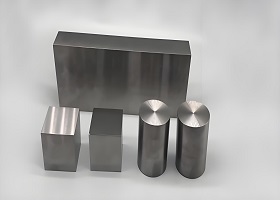
Introduction of Niobium Tungsten alloy materials
2025-01-09 -
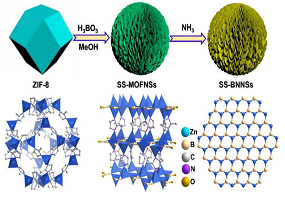
Boron nitride coating
2024-10-31 -
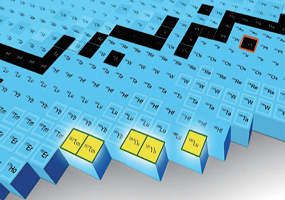
Scientists from the United States, Japan and South Korea have discovered five new isotopes
2024-10-10 -
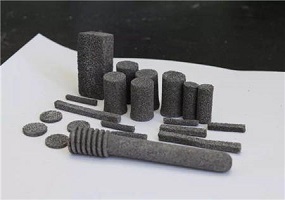
Porous tantalum materials for surgical implants
2024-05-29 -
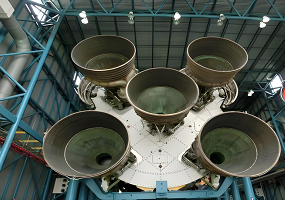
The application of niobium alloy and its coating for aerospace applications, and the development of other aerospace alloy materials are introduced
2024-05-13 -
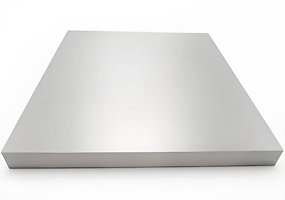
Superconducting applications of Niobium
2024-05-07 -
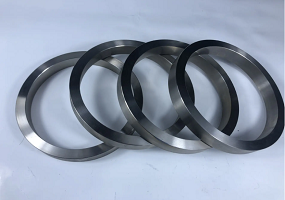
Method for determination of niobium content in Ti45Nb alloy
2023-09-14 -
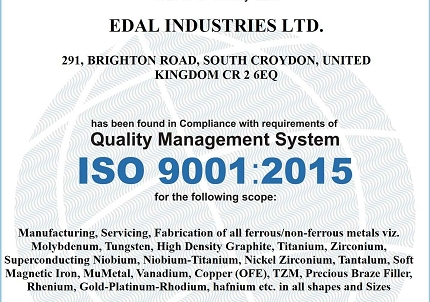
ISO 9001:2015 Certificate
2023-04-09 -
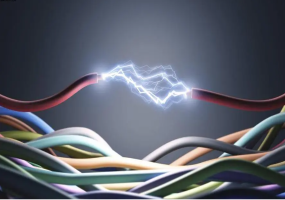
Niobium sheet with wide width barrier layer for superconducting wire
2022-12-29 -
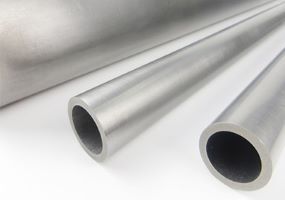
Method of producing superconducting niobium pipe
2022-12-30


